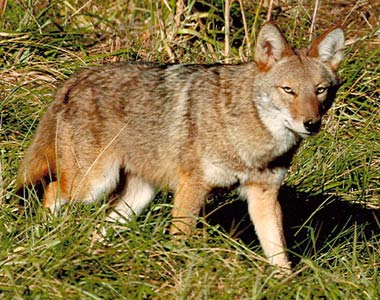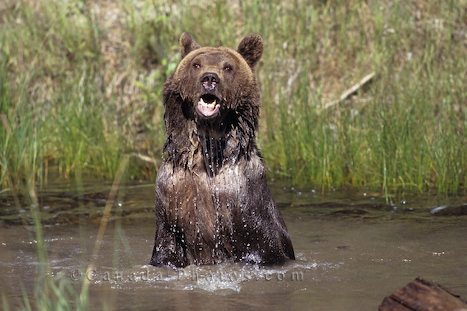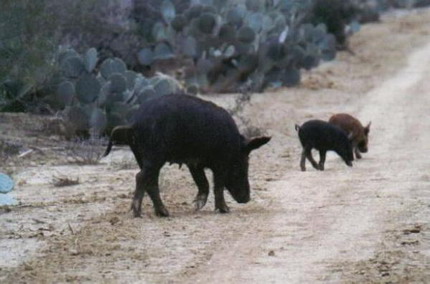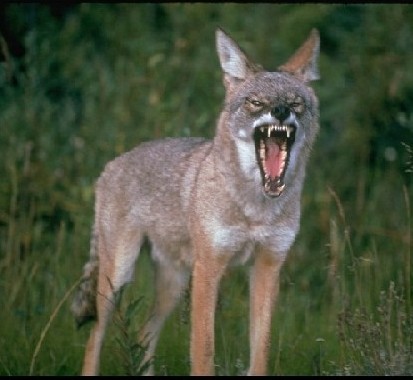
Historically, coyotes were most common on the Great Plains of North America. However, because of changes in land use and the extirpation of the red wolf, coyotes have expanded their range. In fact, coyotes have since extended their range from Central America to the Arctic, including all of the United States (except Hawaii), Canada, and Mexico. When red wolves, which were two to three times the body size of coyotes, numbers declined, coyotes were able to expand their range to include much of the wooded habitats formely used by wolves.
Coyotes are generalist when it comes to habitat. They can survive in open prairie or dense woodlands, coastal marshes or deserts, or warm southern climates or the north country. The coyote was built for survival and it can make a living just about anywhere!


